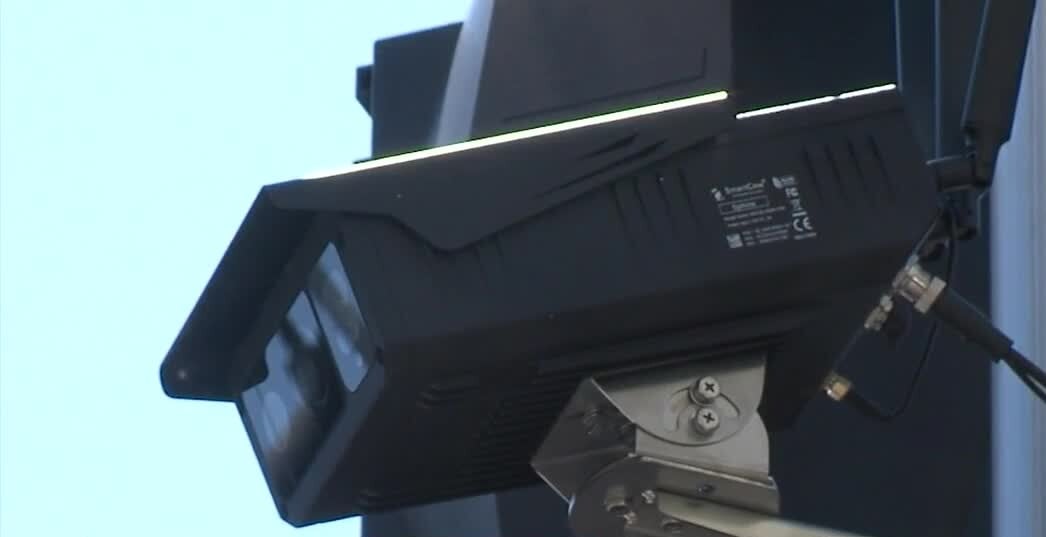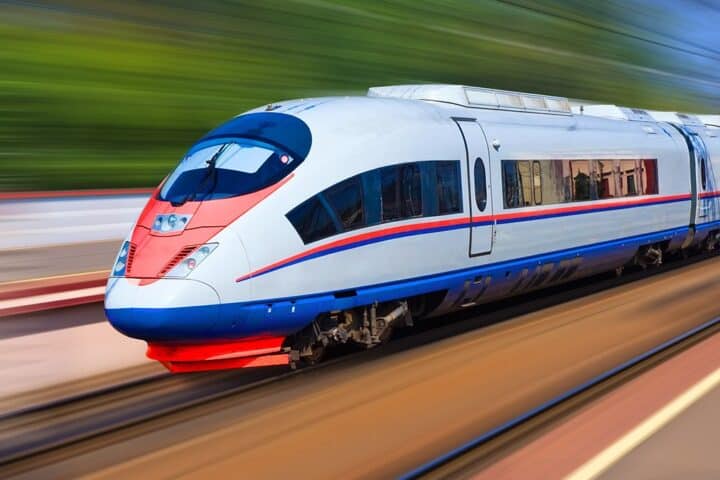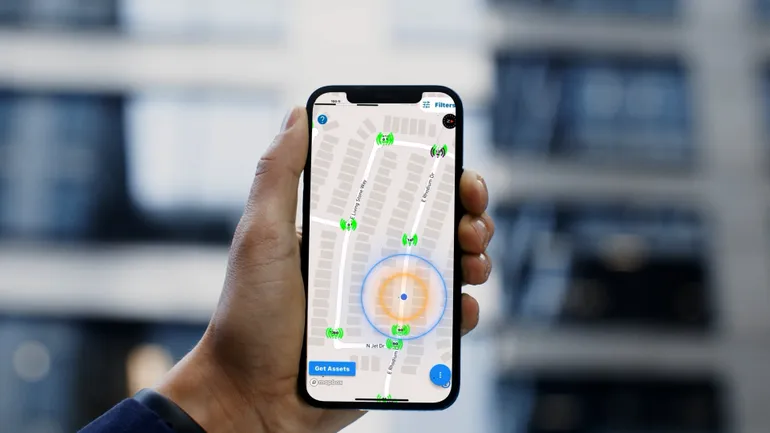This week, a new phase of Lincoln’s Downtown Corridors Project will commence with the installation of cameras along O Street, between 13th Street and Centennial Mall. These cameras, set up on traffic signal and streetlight poles, are part of a pilot study aimed at enhancing parking turnover and creating new pick-up and drop-off spots. The project focuses on revitalizing downtown corridors, including Ninth, 10th, 11th, O, and P Streets, by improving sidewalks, adding landscaping, and creating a more vibrant urban environment with features like a music district and better crosswalks. Through a partnership with Park and Go and Automotus, a software company specializing in curbside activity data, the city will gather insights into traffic patterns, curbside usage, and parking behaviors. This data will help city officials design a dynamic parking strategy, including increased signage and enforcement, to streamline on-street parking and support local businesses. The study will also analyze pedestrian and vehicle traffic to develop a more effective short-term parking plan. The aim is to improve safety, accessibility, and overall urban mobility, ensuring a more efficient and attractive downtown area.
This week, the devices will be placed along O Street, on traffic signal poles, and on streetlight poles to gather data for a study. It’s part of a pilot aimed at possible creating new pickup and drop-off spots, and higher parking turnover.
The city’s downtown corridors project focuses on Ninth, 10th, 11th, O and P streets and is intended to make those downtown corridors more attractive, safe and vibrant by focusing on the sidewalk areas, adding landscaping, outdoor furniture and improving crosswalks, creating a music district and a better sense of place. O Street near Centennial Mall is proposed as a presented look around.
On Wednesday and Thursday, cameras will be installed along O Street in downtown Lincoln to record information as part of the city’s Downtown Corridors Project.
The project involves improvements to the main downtown corridors to make them safer, more appealing, and encourage people to stay that while it’s in the planning stages for six years. It includes four corridors: Ninth Street from K to S streets, 10th Street from K to S streets, 11th Street from N to Q streets and 14th Street from O to P streets.
New Cameras to Monitor Downtown Lincoln Traffic and Parking
The cameras will be set up between 13th Street and Centennial Mall to monitor traffic and curbside activity, as well as monitor proposed fresh parking options, according to city officials ‘ press release.
Through a partnership with Park and Go, Automotus will install the cameras. A Los Angeles-based software company called Automotus collects data from cameras to track curb parking activity and compiles it to use by cities to formulate policies.
According to Tony Bisesi, city parking manager,” The data collected will provide us with a deeper understanding of curbside and traffic activity in one of our busiest downtown areas.” This data is necessary for making educated decisions that will improve Lincoln’s safety, accessibility, and general industrial mobility.

Pilot Project for Dynamic Parking in Downtown Lincoln: Cameras to Enhance Efficiency and Business Access
The study is a part of a pilot project for “dynamic parking” that city officials are thinking about installing along O Street from Ninth Street to Centennial Mall.
To better serve businesses and increase turnover, the novel parking strategy would create pick-up and drop-off locations.
It will evaluate the effectiveness of signage, increased monitoring, and enforcement of the stalls to make it easier for drivers to locate and park on-street and load up quickly, and make it easier for local businesses and residents to get in quick lane.
According to Urban Development Director Peter Hind, city officials will use the cameras to monitor recent parking and curbside activity for three months, develop a short-term parking strategy based on that analysis to see how it works, and collect feedback from local businesses.
The cameras will capture and analyze data but will maintain privacy by looking just at vehicle types and counts, length of stay, usage, stall vacancies, and another parking behaviors and patterns. Pedestrian, bicycle, scooter, skateboard and wheelchair traffic likewise will be analyzed.









